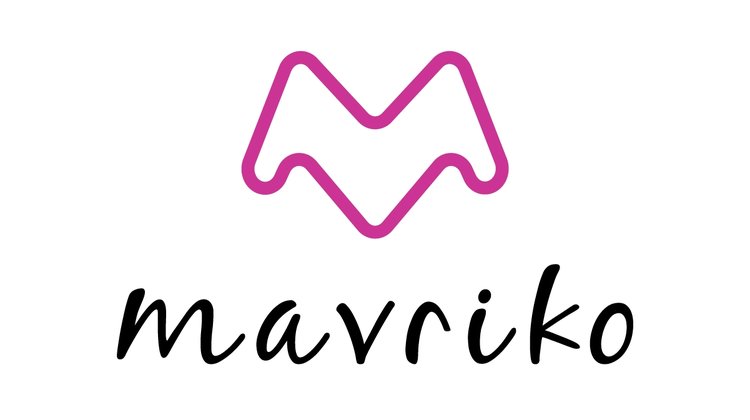Business strategy is a difficult endeavor for many seasoned pros, let alone small business owners and startups. The details associated with crafting productive strategy require careful consideration, experienced shepherds and diligent attention to the right components.
Many companies confuse brand strategy with business strategy, as the brand is the typical touchpoint of the business. Brand strategy is just as complex and important as an overarching business design, but it can at best serve as a band aid for a rudimentary business strategy.
You must first must uncover how your business will win in the long term before figuring out how your brand will come to life and engage your audience.
Business strategy ultimately boils down to creating unique and superior value for your customers, delivered differently than your competition.
One may communicate this through an intriguing brand or marketing plan, but the value needs to be delivered across the entirety of the value chain to drive ultimate performance.
Strategy is a very deep topic to explore, so it's helpful to first review the essential components that comprise a quality strategic plan.
For a company to craft a winning business strategy, they must:
Set Measurable Goals
Establish Qualities of Distinction
Avoid Copying Competitors
Create Unique Value
Choose & Ignore Customers Wisely
Accept & Make Trade-Offs
Focus Attention
Align Divisions
Execute Skillfully
Innovate With Care
Multiply Smart Choices
Become Flexibly Firm
Choose Proper Metrics
Exhibit Patience & Persistence
Ignore False Trends
That's a significant list to attend to for a burgeoning business, let alone a fortune 500 company. No wonder it often gets set aside for the sake of simply trying to make "the best" product possible.
Great products are surprisingly easy for customers to come by and replace, hence why smart strategy is not only an offensive tool, but a good defense against new entries into the market.
Perhaps this is a good place to pause for now. More to come!
In the meantime, what are your thoughts or questions as they relate to strategy?





